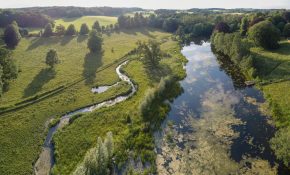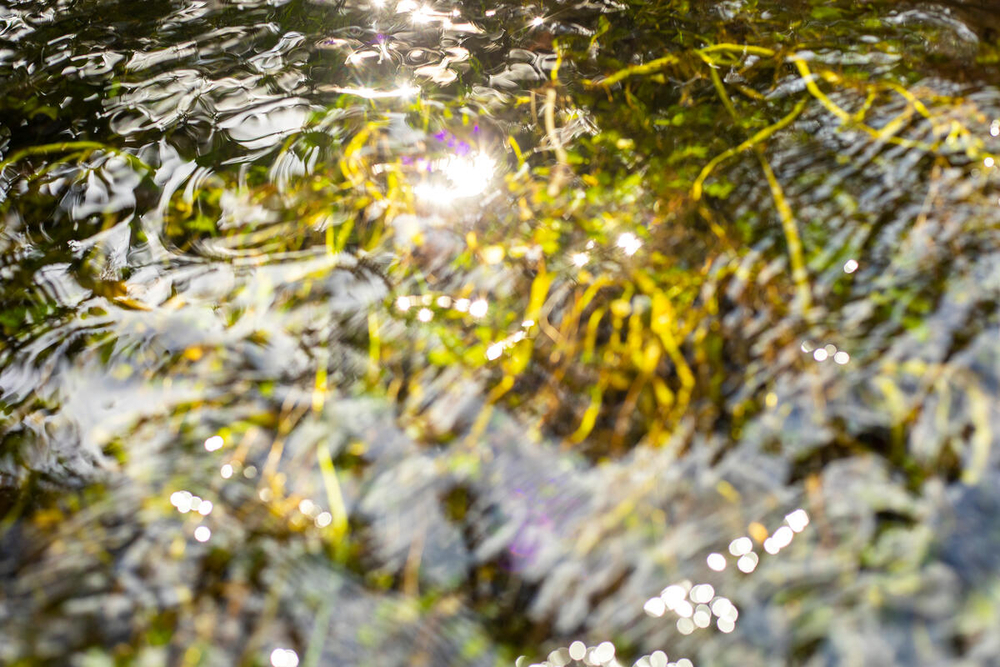Sustaining our Streams: The Power of Water Harvesting in River Restoration
Tuesday May 30th, 2023
Written by Rosie Buckley
Rivers are critical to the health of our planet. Unfortunately, human activities such as industrialisation, urbanisation, and agriculture have significantly altered the natural flow of rivers, leading to the degradation of ecosystems, loss of biodiversity, and depletion of water resources.
In recent years, there has been a growing recognition of the importance of sustainable water management practices, and one promising approach to restoring degraded river ecosystems and promoting sustainable water management practices is water harvesting. This article will explore the power of water harvesting in river restoration and sustainable water management. By the end of this article, readers will have a better understanding of the potential of harvesting to sustain our streams and promote a more sustainable future.
What is river restoration?
River restoration is a critical process for improving the health of degraded river ecosystems. One essential component is restoring the natural hydrological regime of the river. This means ensuring that it will receive an appropriate amount of water at the right time, mimicking natural flow patterns. Water gathering can be a valuable tool for achieving this goal, as it allows for the capture and storage to be released into the river during dry periods. By restoring the natural hydrological regime, water harvesting can help to promote biodiversity and ecosystem services in the river ecosystem. For example, it can create suitable habitats for fish and other aquatic organisms, support the growth of riparian vegetation, and improve the quality of the river.
Water harvesting in river restoration
Water harvesting is a simple yet effective way to promote sustainable water management practices and restore a river ecosystem. It involves capturing and storing rainwater or surface runoff for later use. The good news is that there are several methods that anyone can do, regardless of whether they live in an urban or rural area.
The benefits of water harvesting
The benefits of water harvesting are numerous, including increasing soil moisture, and the prevention of local flooding. Additionally, it can help recharge groundwater, which is essential for maintaining a healthy river ecosystems.

Methods of water harvesting
One such method is to collect rainwater in barrels or cisterns. This is a simple and cost-effective way to collect and store rainwater that can be used for gardening, washing clothes, or flushing toilets.
A second method is to create a rain garden, which involves creating a shallow depression in the ground and planting native vegetation that can absorb rainwater and filter out pollutants.
Other methods that anyone can do include building swales or rain gardens along the contour of the land to slow down the flow of water and allow it to seep into the ground, or using permeable paving materials that allow rainwater to infiltrate the soil.
Ultimately, understanding the various methods and their benefits is crucial for promoting sustainable water management practices and restoring degraded river ecosystems.
Water harvesting in sustainable water management practices
Water harvesting can play a crucial role in promoting sustainable water management practices. It offers a solution to reducing the demand for freshwater resources, especially in regions experiencing water scarcity.
By capturing and storing rainwater or surface runoff, water harvesting can help improve the availability of water for agricultural practices and other uses. This, in turn, can lead to increased crop yield, improved food security, and support for rural livelihoods.
In addition, water harvesting can reduce the need for costly infrastructure investments in storage and transportation, making it a cost-effective solution for water management. Therefore, it is essential for policymakers and water managers to promote the adoption of harvesting practices as a key tool in achieving sustainable water management practices.
Summary
In conclusion, water harvesting offers a promising solution to promote sustainable water management practices and restore degraded river ecosystems in the UK. By capturing and storing rainwater or surface runoff, water harvesting can increase soil moisture, reduce soil erosion, and recharge groundwater. Additionally, restoring the natural hydrological regime can promote biodiversity and ecosystem services.
In regions with water scarcity, water harvesting can reduce the demand for freshwater resources, which can lead to improved agricultural productivity and increased food security. Therefore, it is crucial for policymakers, water managers, and other stakeholders to prioritise the adoption of these practices to ensure the long-term sustainability of UK river ecosystems and promote a more sustainable future for all.






